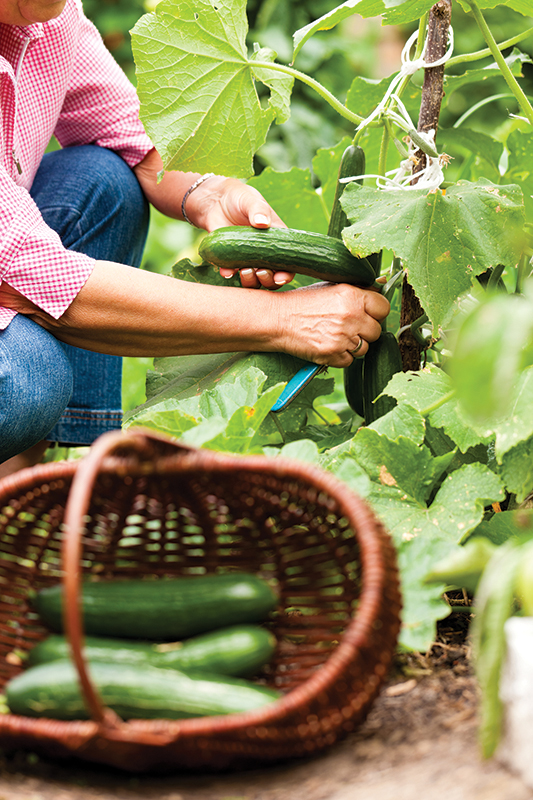Grow your own
Landscape architect Tony Milne ponders over the value of the veggie garden.
This article comes with a disclaimer. As a family, the majority of our vegetables are delivered in a brown cardboard box every Sunday by Green Dinner Table, and on the odd occasion we forage for fruit in the residential red zone. Our own vegetable garden is bereft of diversity and bounty, with no evidence whatsoever of companion planting, crop rotation or double digging.
As I ponder the value of creating a veggie patch and all the work it entails, I am on holiday in Kent staying with family. Perched on an outdoor chair, I marvel at the adjacent allotment from this sunny little corner of the garden; the same corner where I’ve watched Mr Fox – oblivious to property boundaries – wander through each evening on his way next door.
Representing many years of tradition, sweat and toil in the endeavour of growing fruit and vegetables, all beds face the sun. Some are raised; others are not. Some have frames for runner beans and sweet peas; some are hooped and covered with shade cloth. A couple are over-spilling with leeks and silver beet – while easily grown here, there is only so much of these two that a family can eat. Sage, parsley and coriander – one herb that has perennially defied all my attempts to grow it – spill over an assortment of pots randomly scattered across the adjacent terrace.
Sitting on the chair, with the allotment behind me, I reflect on a recent article I read. Sayed Azam-Ali, CEO of Crops for the Future, opines that, globally, there is a need to diversify agriculture beyond a few crops grown intensively as monocultures. Furthermore, he notes, as a global population, we are saturated with processed food products that are transported across the world.
‘If you eat, you are involved in agriculture – we don’t have to leave it to others to provide all our food from far away’, he says. In essence, he encourages city dwellers to contribute to a new kind of agriculture.
For me, this resonates with the tremendous work Bailey Perryman and Fiona Hargreaves are doing in Christchurch with their project, Cultivate, which connects people through growing vegetables and fruit within urban plots in Christchurch. As they say, ‘local equals fresh – produce that is handpicked from urban farms and delivered that day by bicycle’.
Cultivate is a local manifestation of what Azam-Ali is striving to do on a global scale. It isn’t overly different to the Broomhill allotment; just like the beautifully tended vegetable and fruit gardens of my father, grandfather and many others, but at a community level.
So, in times when food miles and carbon footprints are discussed between mouthfuls of kale and microgreens, knowing where our vegetables and fruit have come from and what has gone into them is becoming increasingly important. In saying that, it was not too long ago that we probably knew.
At Rough & Milne we are witnessing a renaissance of the vegetable garden, although these days they are more commonly referred to as edible gardens or potagers. Seeing a few fancy lettuces, parsley or red beets amongst herbaceous borders is becoming an increasingly popular request in many a design brief.
As I look longingly over the fence at the allotment, I am starting to visualise next season's edible garden and I am quite relieved that Mr Fox has yet to appear.
03 366 3268 | roughandmilne.co.nz







